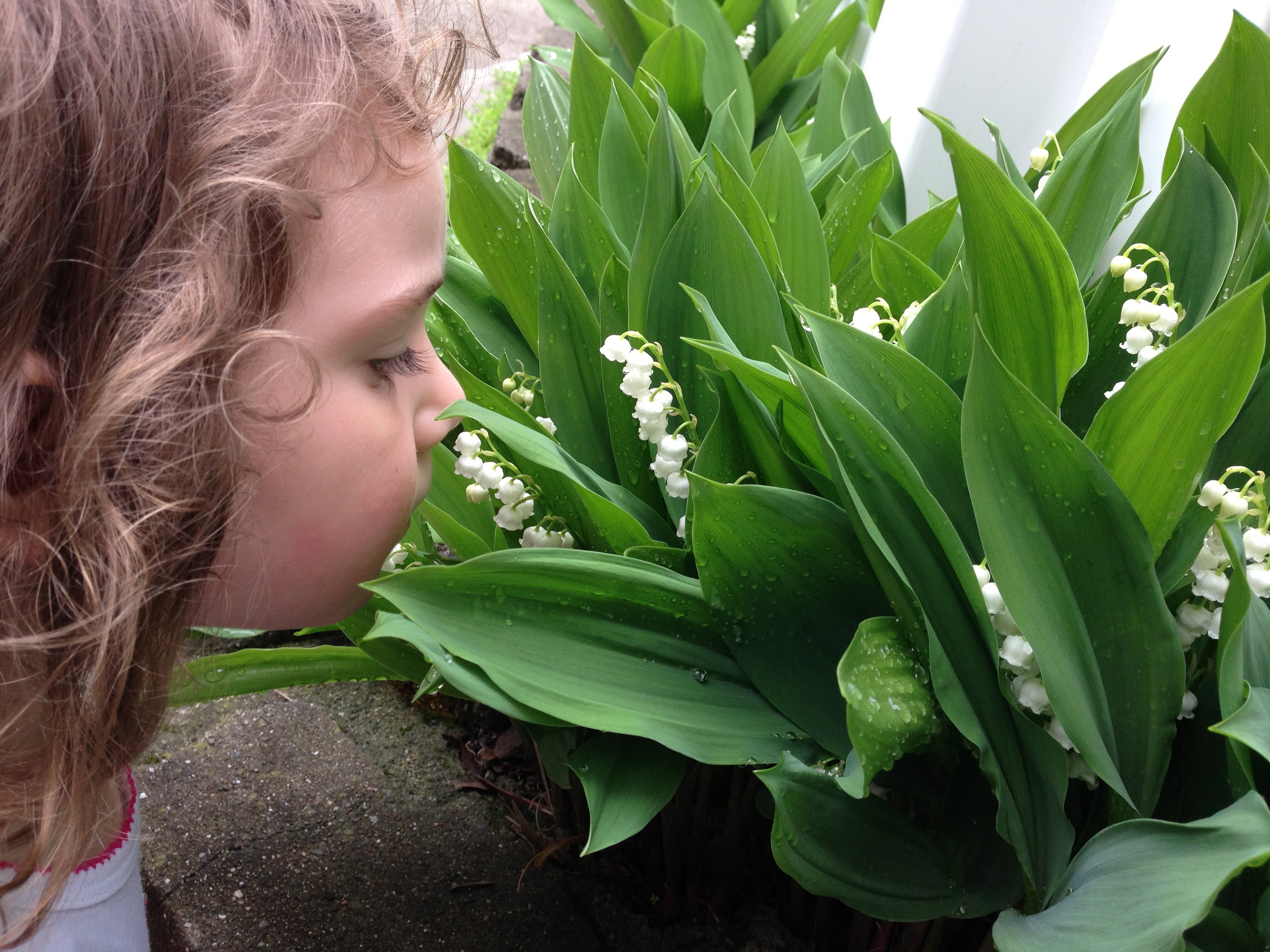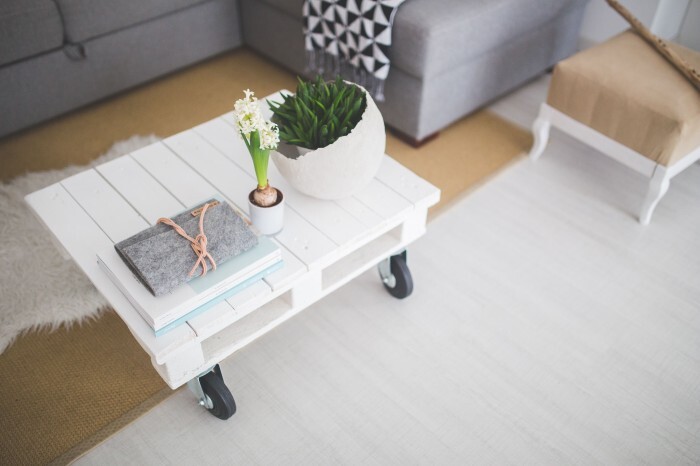
You already love houseplants as accent pieces to pull together the décor of your home. They’re cheery and attractive, and look great on your windowsills. But did you know plants can lower blood pressure, boost creativity, reduce colds, and filter nasty toxins from the air you breathe? Read on to learn more and find out which little green buddies you should invite to come live in your home.
Plants clean the air
A study out of NASA called “Interior Landscape Plants for Indoor Air Pollution Abatement,” published in 1989 and intended to help clean air in space stations, suggests that keeping certain common indoor plants provides a natural method of removing poisonous agents — including benzene, formaldehyde, and trichloroethylene — from indoor air, helping neutralize the effects of sick building syndrome.
Plants improve our well-being
As part of their natural photosynthetic and respiratory processes, plants release moisture, increasing humidity in the ambient air. Studies at the Agricultural University of Norway suggest that using plants in interior spaces decreases the incidence of dry skin, colds, sore throats, and dry coughs. And researchers at Kansas Statue University showed that adding plants to hospital rooms sped recovery rates of surgical patients. Patients with green, leafy roommates requested less pain medication, experienced lower heart rates and blood pressure, reported less fatigue and anxiety, and were allowed home sooner than those without. And a study at The Royal Agricultural University in Circencester, Gloucestershire, England, found that plants may even make us smarter: students observed demonstrated 70 percent greater attentiveness when taught in classrooms featuring houseplants, and attendance was higher among classes taught in those rooms.

No such thing as a ‘brown thumb’
If you’re thinking the only plants that’ll last in your home are of the silk variety, think again. We talked to an expert, Michigan native Lisa Eldred Steinkopf, who is known as The Houseplant Guru. Steinkopf is a total plant pro who has written extensively for national magazines and websites, and she firmly believes anyone can learn to cultivate plants.
“Houseplants aren’t just decorations,” says Steinkopf, whose interest in plants began at the elbows of her veggie-gardening mother and houseplant-loving grandmother. “They clean the air, and are known to lower blood pressure and reduce sick days in work places. Taking care of plants is soothing, and is indeed therapy for me,” she tells us.
Steinkopf formally studied horticulture at Ferris State College for one year before leaving to literally get her hands dirty in her husband’s family’s nursery and garden center, where she worked for 14 years while raising her two daughters. “I have hundreds of plants in my house and sunroom, and I’ve never been without houseplants in the 30 years that I’ve been married and owned a home.” One of those plants, her prized fern cut from the plant her great-grandmother gifted her mother at her wedding shower in 1957, has been with her for every one of those years, and is a testament to Steinkopf’s plant prowess.
See below to learn about top plant picks that can lift your mood, moisten the air, and counter the effects of health-stealing chemicals emitted into your home and office from common items like plastic bags, upholstery fabrics, carpet cleaners, and second-hand smoke. By partnering with potted pals and monitoring the air, you can easily improve an invisible, but incredibly important, part of your life.
8 houseplants that improve air quality
1. English Ivy
This hearty, easy-to-grow, lushly green perennial climbing vine thrives in small spaces. It’s a great choice for rooms with few windows or little sunlight.
How it helps: The dense foliage excels at absorbing benzene—the most common indoor pollutant, which shows up in inks, oils, and rubber, all of which are commonly found in office equipment. Studies show that it can reduce airborne mold spores and even (euw!) fecal matter particles, making it a top choice for those with pets in the home
2. Fern
One of the most popular houseplants, and a Houseplant Guru favorite, ferns need direct sunlight and thrive when their leaves are kept free of dust, and misted regularly with water.
How it helps: Ferns act as humidifiers, and can help to restore moisture in the air, aiding those who suffer from dry skin and cold-weather respiratory issues. They absorb benzene and are touted as the top plant for ridding the air of the most common indoor pollutant, formaldehyde.
3. African Violet
Nontoxic to pets, African violets top nearly every list of edible flowers. They require bright light, and prefer warmer temps.
Caution: Don’t overwater. They prefer their soil to be just moist.
Tip: Water by placing an ice cube on the soil to melt slowly.
“If you notice your African violet is getting a long stem or “neck,” Steinkopf counsels, “it’s time to repot the plant, burying the neck up to the bottom set of leaves. This neck will grow new roots and look like a brand new plant.”
How it helps: The African violet’s purple hue is said by color therapists to be stimulating, encouraging adrenaline release and increasing the flow of oxygen to the brain promoting relaxation and alertness. It also filters chemical toxins while lifting your spirits with constant, cheery blooms.
4. Chinese Evergreen
“Aglaonema or Chinese evergreen has come a long way since the days of the ubiquitous green dusty plants in the dark corner that we are all used to,” says The Houseplant Guru. “These plants are easy to take care of and come in the most gorgeous colors now. Pinks, reds, and variegated plants are just the beginning. Give them bright light to keep the colors at their best and keep them evenly moist.”
Caveat: They produce tiny red berries that are lovely to look at but are toxic, and the sap they emit is an irritant. Snip berries off with scissors, dispose of them, and wash your hands.
How it helps: The Chinese Evergreen emits high oxygen content, and purifies indoor air by filtering harmful chemicals including formaldehyde, benzene and other toxins found in common household cleaners.
5. Peace Lily
Often given as a gift, the peace lily is an easy-to-care-for plant because, as Steinkopf tells us, “it tells you that it needs a drink of water by its drooping leaves. That being said, she says, “it would be better for the plant if it didn’t have to do that. It would rather just be kept evenly moist. Also, they prefer NOT to be in full sun, and will flower with a good bright light.”
How it helps: It rids the air of trichloroethylene, a chemical used in dry cleaning, and often found in paints and varnishes. It helps to reduce mold spores by absorbing them through the leaves, and them circulating them to the plant’s roots where they’re utilized as food. In bathrooms, the Peace Lily helps keep shower tiles and curtains free from mildew.
6. Heart Leaf Philodendron
The heart leaf philodendron is a prolific climbing vine that is often best for homes without small pets or children. If eaten, the plant is toxic. That said, it’s easy to keep alive according to Steinkopf.
“The heart leaf philodendron is one of my favorite plants and my go-to plant when I know not much else will work. It can take quite a lot of shade and neglect. If kept in bright light and kept evenly moist, it will reward you with rampant growth that drapes off the tops of shelves and softens corners.”
How it helps: An excellent choice for removing formaldehyde commonly found in particle board, and other home-building materials.
7. Spider Plant
The spider plant is a commonly found houseplant and is one that is really easy to grow.
“The spider plant, or Chlorophytum, is a very easy to grow and easy to find plant,” according to the Houseplant Guru, “especially in the spring when many garden centers sell them in hanging baskets. They need bright light and even moisture.” If your spider plants brown at the tips, Steinkopf says to check for salt in your fertilizer or overly fluoridated water.
How it helps: The leaves grow quickly and help to absorb allergens like mold and mildew, so it is the perfect plant for those who have common dust allergies. It also helps to absorb carbon monoxide.
8. Snake Plant
Sansevieria trifasciata goes by many names. It’s also known as viper’s bowstring hemp, mother-in-law’s tongue and St. George’s sword. But whatever you call it, these plants are tough to kill and emit oxygen at night, making them a favorite for the bedroom.
How it helps: Takes formaldehyde out of the air from foam insulation, waxed paper, and grocery bags, and emits copious amounts of pure oxygen to purify the air.
***
You can follow @HouseplantGuru on Twitter to learn more.



